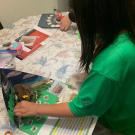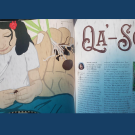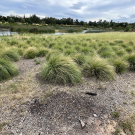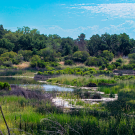Native Homes: Sustainability and the Environment (3D Diorama)*
HSS 4.2.1, HSS 4.5.5, HSS 5.1.1, HSS 5.1.2, HSS 5.1.3, SL.4.1, SL.4.2, SL.5.1, SL.5.2, 4.VA:CR2.1, 5.VA:CR2.1This ELA, Social Science and Environmental History lesson introduces students to architectural practices and knowledge of structure and design through dioramas. Native Youth will guide you by modeling the project. Your students will learn about Hoopa and Miwok structures and culture and then will research and complete their own project. This unit may take a few weeks, but it is worth it. It is a lot of fun and will provide a deep understanding of Native culture for your students if done correctly.






